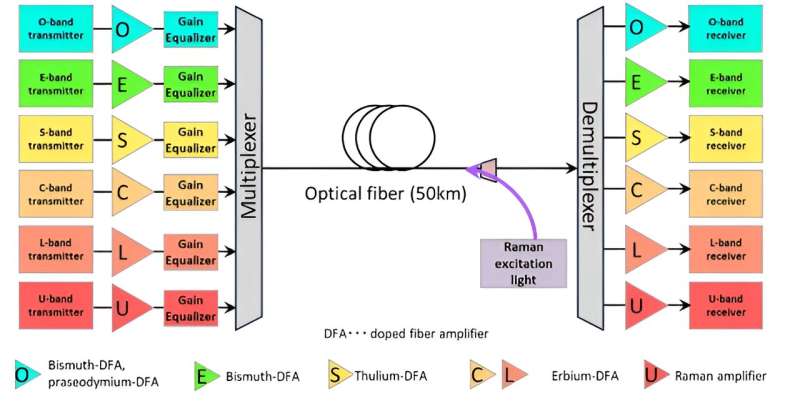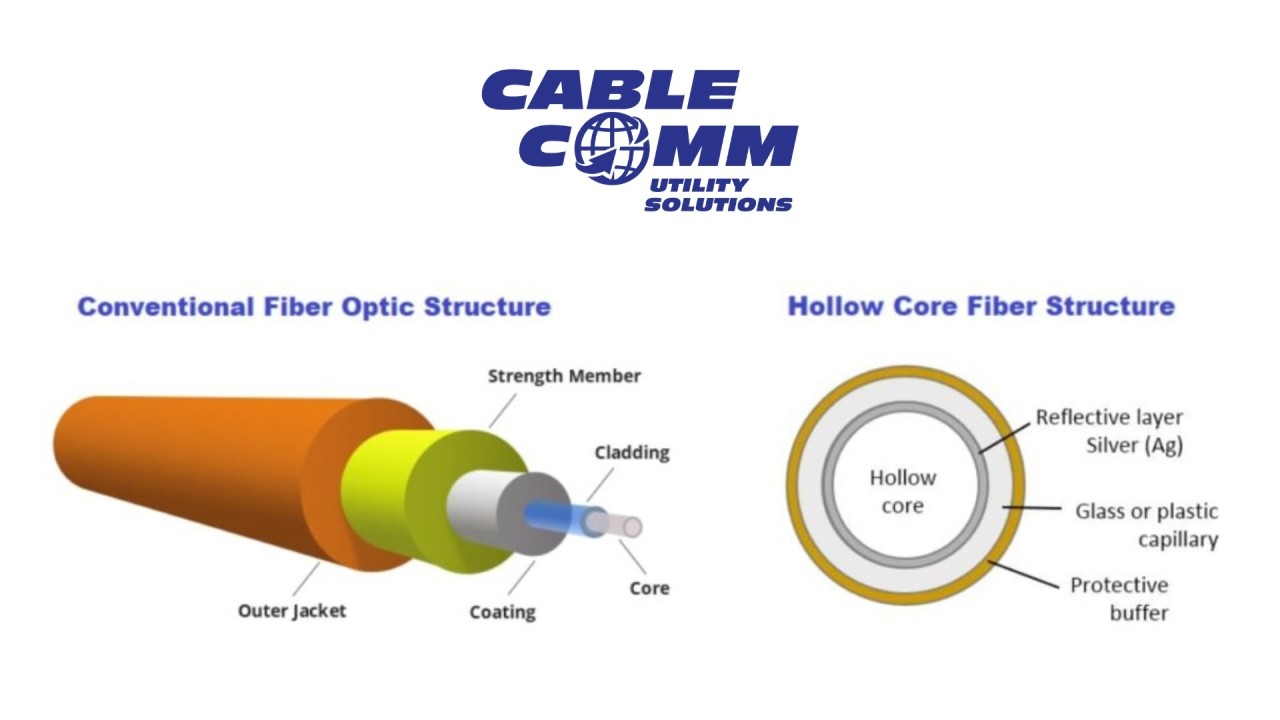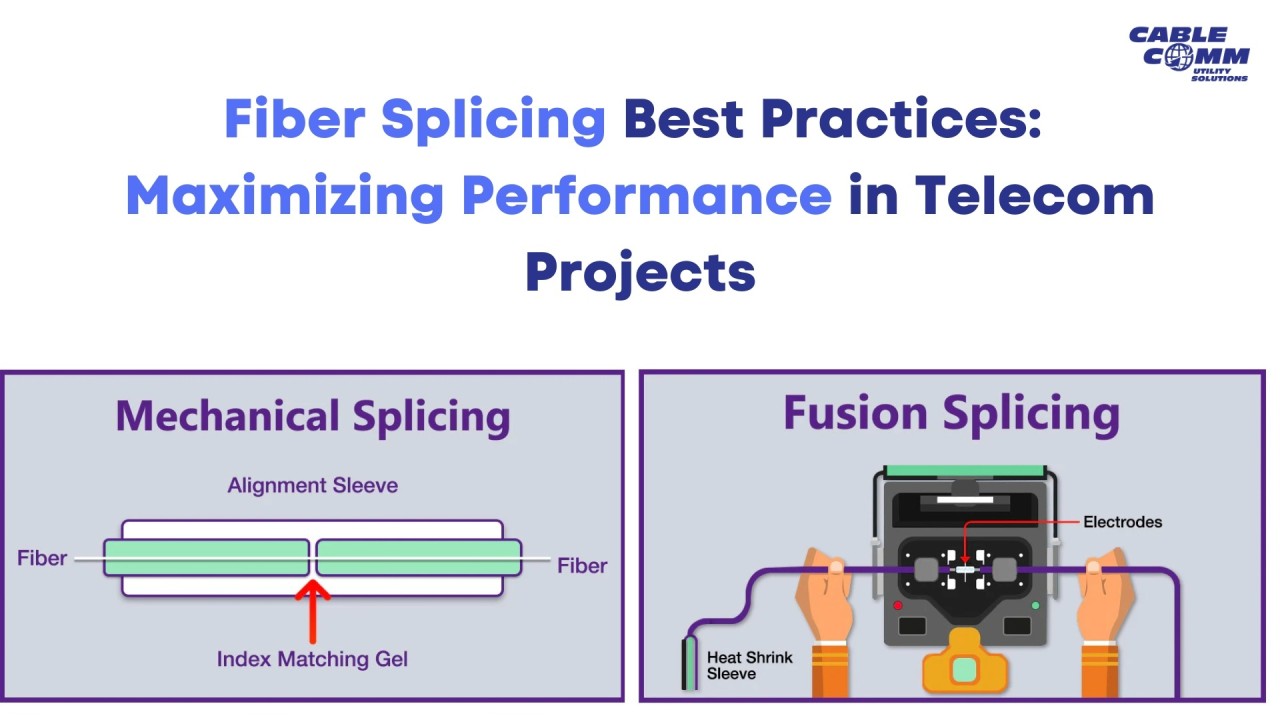In a major leap forward for global connectivity, engineers in Japan have achieved a new internet speed record of 402 terabits per second using standard optical fiber—yes, the kind already deployed around the world. This record-breaking transmission wasn’t just about speed, but about stretching the boundaries of what’s technically possible with existing infrastructure.
So, how did they pull it off?

At the 47th International Conference on Optical Fiber Communications in San Diego, researchers unveiled how they combined six types of doped-fiber amplifiers with both discrete and distributed Raman amplification, pushing data across an enormous 37.6 terahertz of optical bandwidth. That’s like turning a single-lane road into a multi-lane expressway—on a global scale.
The real kicker? This wasn’t done using exotic materials or next-gen prototype cables. It was achieved using standard fiber, proving that the potential of existing systems is far from tapped out.
Why It Matters to the Rest of Us
While the speeds are headline-grabbing, the bigger story is the direction we’re heading. This kind of innovation has ripple effects across the entire fiber industry—from data centers and ISPs to municipalities and infrastructure companies. It tells us that the investments being made into fiber today aren’t just for current needs—they’re building a backbone that can handle the demands of tomorrow, and then some.

Cable Comm’s Role in This Future
At Cable Comm, we’re not in the lab breaking world records—but we are in the streets, rooftops, and manholes, making the future possible. Whether it’s long-haul backbone builds, urban and suburban distribution, or complex network upgrades, our teams are out there delivering the infrastructure that will support next-gen speeds like this.
The beauty of this breakthrough is that it reinforces a core truth we’ve always believed: fiber isn’t just a good investment—it’s the most scalable, future-proof foundation there is. And we’re proud to play a part in that ecosystem, every day, across New York, New Jersey, and Connecticut.
So when we see this kind of achievement, it’s not just exciting—it’s validating. It reminds us that what we’re building now is already paving the way for what’s next.



